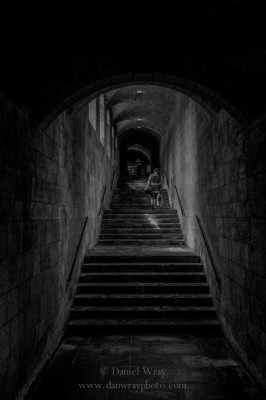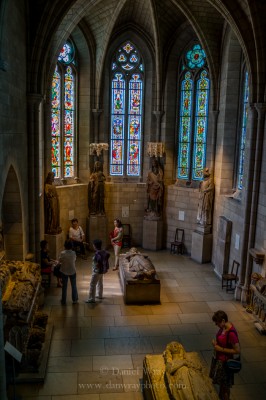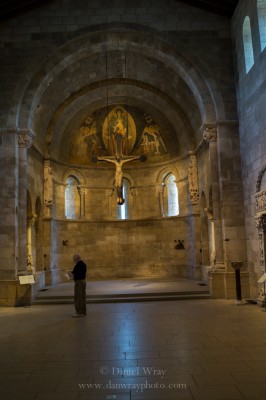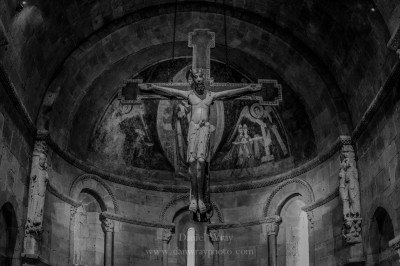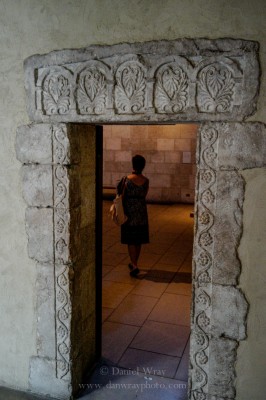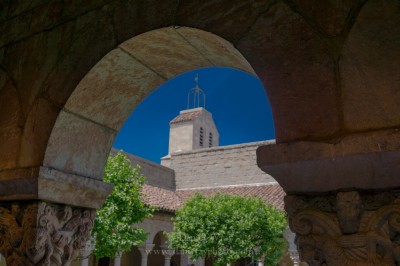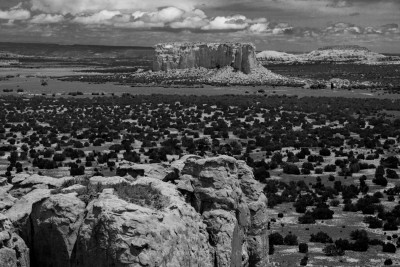Since my previous post about Human Nature I have come across some interesting remarks about Mark Twain’s declining views about human nature in his later life. These remarks are found in the interesting book by John T. Frederick titled, The Darkened Sky: Nineteenth-century American Novelists and Religion. It is observed here that from the 1870’s onward Twain wrote increasing scathing pieces about humans. These views were indirect in books like The Innocents Abroad, The Gilded Age and The Prince and the Pauper. It was to be in smaller writings like “The Curious Republic of Gondour” and “Some Learned Fables, For Good Old Boys and Girls.” These contain what Frederick describes as “rather vicious satire aimed directly at religious notions and slogans, . . .The chief target of the work, however, is human nature itself . . .” (pgs. 148, 149) By this time Twain had rejected historic Christian orthodoxy while standing fast on his belief in one God, and maintaining a substantial reverence for the person of Jesus Christ, while denying his divinity.
Yet it is after this rather dark period that Twain, in the 1880’s finally completes Huckleberry Finn, and his views of human nature in that book are far from homogenous. While there are contemptuous people portrayed, there are also people of positive goodness like Jim and Huck himself. As the story of Mark Twin continues to unfold his life will be first blessed with wealth, followed by personal tragedies and losses, and then financial ruin. Throughout this time, apparently until his death, he struggled and wrote about his continued belief in God but his decreasing confidence in the significance of Man. So, as a representative person, Twain in many ways forecast what we see now about one hundred years after his death.

